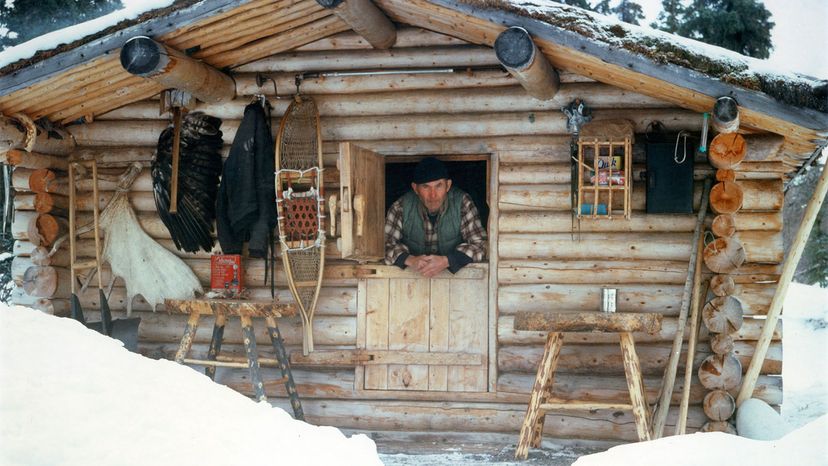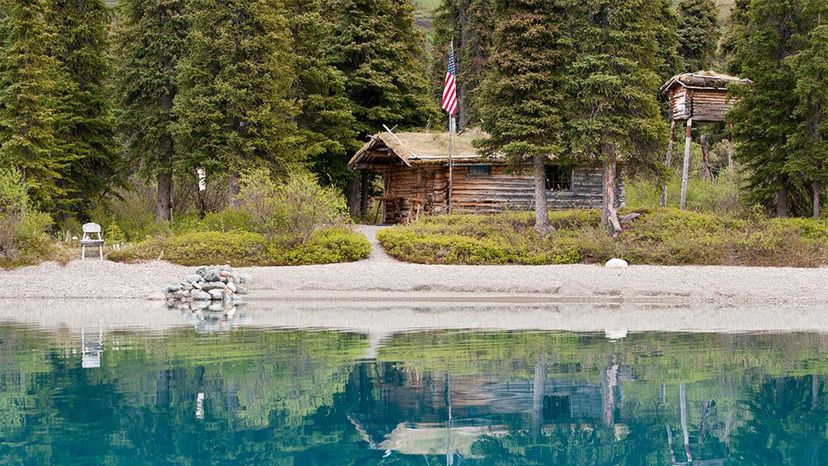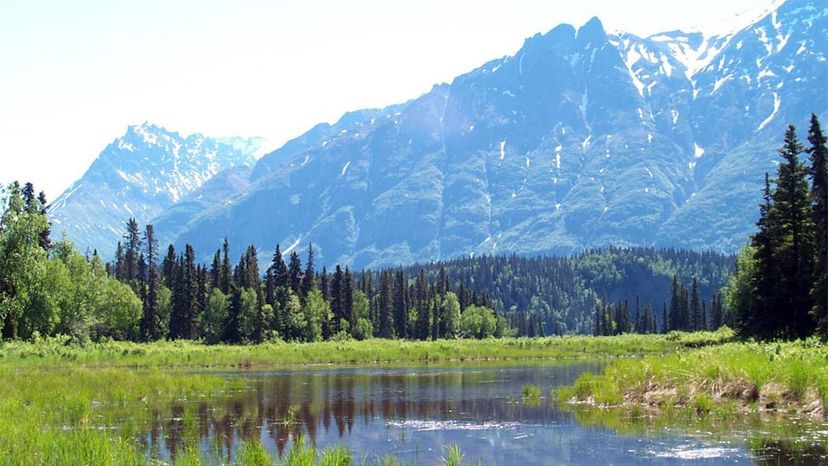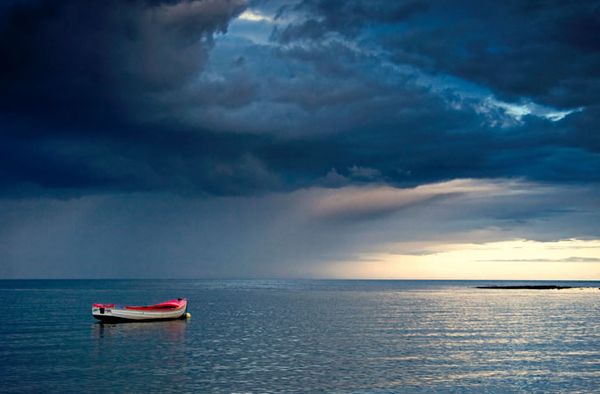
In the mid-19th century, Henry David Thoreau gained fame after sequestering himself for two years at a small cabin on Walden Pond. A century later, a man named Richard "Dick" Proenneke took the same idea to an extreme — he plunked himself down in the icy wilds of Alaska and lived there alone for 30 years. In doing so, he became an icon of survivalist grit and conservationism. The house he built for himself from scratch is now on the National Register of Historic Places.
So how did he get there? Born in Iowa in 1916, Proenneke (pronounced "prin-ecky"), was swept into the Great Depression as child, an event that molded his sense of extreme frugality. In 1941, he enlisted in the U.S. Navy the day after Japan attacked Pearl Harbor. Notably, he signed on as a carpenter's apprentice.
Advertisement
Struck by rheumatic fever that laid him low for half a year, he was given a medical discharge from service in 1945. After the war, he trained to become a diesel mechanic and also tinkered with sheep ranching in Oregon.
But it was a visit to a Navy buddy in Alaska that gave him the wilderness bug — and he couldn't shake it. Eventually he became a heavy equipment operator at the naval base at Kodiak Island in Alaska. In 1962, Proenneke encountered the area that's now called Lake Clark National Park and Preserve, about 120 miles (193 kilometers) southwest of Anchorage. Its wild beauty struck a chord with Proenneke.
"Twin Lakes is a spectacular glacially carved set of lakes nestled against the jagged Neacola Mountains of the Alaska Range," emails Megan Richotte, program manager for interpretation, partnerships, and public affairs at the park. "Open boreal forest in the surrounding area ensures ready firewood and building logs as well as good hiking." Proenneke thought the area was a perfect place to settle.
Advertisement




